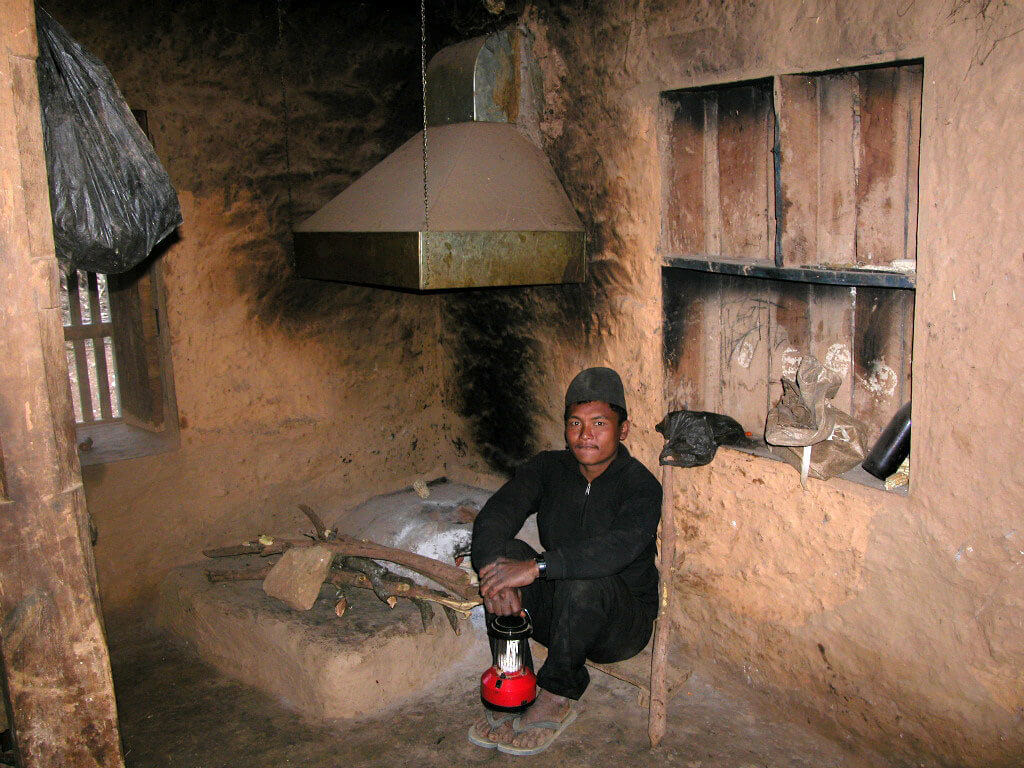Vancouver, WA — Headache pain medication ads are everywhere – from glossy magazine spreads to flashy TV commercials. The message is simple: Your headache deserves a strong painkiller, which will instantly cure the problem. Pain should not slow you down, since there’s an easy, swift solution. But is there really?
Doctors of chiropractic, such as your doctor at Davis Family Chiropractic, wholeheartedly disagree with advertisers’ quick-fix pill solution. What the ads don’t mention is that the strategy often backfires: The pills can eventually cause more pain that they cure. When this happens, a condition called medication overuse headache (MOH) ensues.
What is MOH?
MOH is a relatively new term for a long-standing “unnamed” and largely unrecognized condition caused by taking painkillers – daily or on a regular basis – for migraines or other headaches. Sadly, this condition is common. Your doctor at Davis Family Chiropractic and massage often cares for individuals with MOH. About one in 50 people develops this problem at some point. It affects five times more women than men.
How Does MOH Happen?
The Dependency Dilemma
Headaches flare up in response to physical or emotional stress. As a “solution,” many people take painkillers frequently. Initially, the first doses may provide relief, which reinforces the idea that painkiller consumption is helpful. On a psychological level, what’s known as “positive conditioning” spurs the sufferer to continue reaching for painkillers for relief.
But what’s going on may have more to do with chemical changes in the brain that psychological conditioning. Your doctor at Davis Family Chiropractic and Massage wants patients to be aware that the side effects of painkillers, such as sedation, mild euphoria and stimulation, may lead to dependency.
Painkillers with caffeine, barbiturates, codeine and other opioids are the most likely to have this effect. For example, caffeine increases alertness, relieves fatigue and improves performance and mood. Caffeine-withdrawal symptoms, such as irritability, nervousness, restlessness and headaches, all encourage patients to continue their abuse.
Abused drugs, from painkillers to alcohol, activate a “pleasure pathway” in the brain and reinforce the behavior. The pleasure pathway, which is called the “dopamine reward circuit,” is connected to areas of the brain controlling memory, emotion and motivation.
The pleasure pathway undergoes actual chemical and anatomic changes that create and prolong addiction, affecting a physiological hold on a person’s ability to function. This is why addiction is often referred to as a brain disorder and isn’t as easy to kick as simply mind over matter.
Like drugs such as cocaine or heroine, some painkillers trigger the release of the brain’s natural “feel-good,” pain-fighting chemicals called endogenous opioids or endorphins. As with any addictive drugs, the more often they are used, the less the sensitive the brain becomes to them. These drugs literally alter the brain.
Withdrawal Woes
After a period of regular painkiller doses, the body becomes used to the pain medication. When the sufferer doesn’t take painkiller within a day or so of the last dose, then “rebound” or “withdrawal” headaches develop. What the sufferer thinks is just an especially persistent headache is actually a symptom of medication withdrawal.
Not recognizing that the medication is the culprit, he or she may take another dose. When the effect of each dose wears off, a further withdrawal headache develops. In time, sufferers will develop regular headaches that may appear on a daily basis. Some people resort to taking painkillers “routinely” to try to prevent headaches, which only makes things worse.
Which Painkillers Cause MOH?
If you think that only one prescription medication can cause MOH, you’re wrong. Almost any pain medication that provides rapid headache relief can cause MOH. Culprits include simple pain relievers like aspirin, acetaminophen (Tylenol®) and ibuprofen (such as Advil®, Motrin®, Aleve®, and Midol®).
Mixed analgesics, which include over-the-counter and prescription drugs containing caffeine, aspirin and acetaminophen, are especially known as MOH instigators. Other offenders include migraine-specific medications, such as Ergomar®, Miranal®, Imitrex®, Zomig®, and opiates, such as Tylenol 3®, Vicon®, and Percocet®.
Children and MOH
Although children are smaller in stature, their migraines or headaches can be just as big as adult’s. And, studies show that children and adolescents are as susceptible to MOH as adults.
One inquiry reviewed the histories of 79 children and adolescents who sought care from outpatient clinic of the Department of Neurology of the Leiden University Medical Center in the Netherlands. All of the children were younger than 16 years old and headaches 15 days or more each month.
Although the quality, severity and location of the youngsters’ pain varied, the majority (76 percent) used analgesics to solve the pain. Ten patients used more than one type, and 13 used analgesics daily.
Fifty-seven (72 percent) children had chronic daily headaches for more than six months, which for most lasted more than four hours a day. In one-third of patients, the headaches led to frequent school absences and sleeping problems.
The authors conclude that “chronic daily headache in children is a serious disorder. A relatively large number of patients overuse medication and it leads to frequent school absenteeism and sleeping problems.” (Headache 2005;45:678-83.)
MOH and Emotions
Doctors of chiropractic don’t see the body separate from the mind. They realize that the body and the mind have a direct relationship in which both affect each other. That’s why chiropractors avoid treating symptoms and instead focus on encouraging patients to seek both physical and emotional wellness.
As you imagine, doctors of chiropractic weren’t surprised by research, performed in France, that strongly linked MOH to anxiety and depression. The study included 41 MOH sufferers and 41 patients with chronic migraines.
The scientists found that MOH participants were especially apt to have substance abuse problems and endure mood disorders, such as anxiety and depression. Migraine patients with emotional problems were more likely to develop MOH that emotionally stable migraine sufferers.
According to the researchers, “MOH patients have greater risk of suffering from anxiety and depression, and there disorders may be a risk factor for the evolution of migraine into MOH.” (Cephalalgia 2005;25:519-22.)
MOH May Be a Precursor to Other Disorders
Although research into this area is still preliminary, scientists speculate that MOH may be precursor of more serious conditions. Researches hypothesize that the same brain changes and chain of events that lead to MOH may trigger other disorders, if medication overdose continues. Besides emotional problems, these disorders may include other forms of chronic pain, fibromyalgia and chronic fatigue syndrome.
Chiropractic Lifestyle Solution
For doctors of chiropractic, the solution to headaches isn’t in a pill. In addition to spawning MOH, pain medication does nothing to prevent future pain and is often accompanied by multiple side effects. The solution is the chiropractic lifestyle, which involves stress reduction, chiropractic care, healthy diets and exercise. All of the components of this lifestyle are proven ways to eliminate head pain and are free from side effects.
Dr. Marc Davis and Dr. Christina Alvira adjust patients at Davis Family Chiropractic & Massage, a thriving wellness-oriented office located next to Fred Meyer in Fisher’s Landing. For FREE monthly tips and community events like us on Facebook or become a member of our website www.davisfamilychiro.com. To schedule a time to meet with Dr. Davis or Dr Christina, or to get information about having him speak at your club, church group or workplace, call (360) 823-2225. Mention “LacamasMagazine” and “Free Scan” to get your Computerized Back and Neck Scan (regularly $95) for FREE (limited time offer).
Dr. Marc Davis, Dr. Christina Kulesz, Dr. Andrew Wade
DAVIS FAMILY CHIROPRACTIC AND MASSAGE, PLLC
www.davisfamilychiro.com
2415 SE 165TH Avenue, Suite 105
Vancouver, WA 98683
(360) 823-2225






























